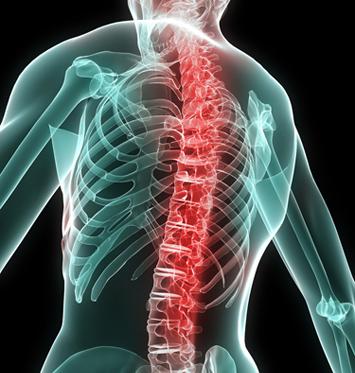BACK INJURIES — NATION’S #1 WORKPLACE SAFETY PROBLEM
Preventing back injuries is a major workplace safety challenge. According to the Bureau of Labor Statistics, more than one million workers suffer back injuries each year, and back injuries account for one of every five workplace injuries or illnesses. Further, one-fourth of all compensation indemnity claims involve back injuries, costing industry billions of dollars on top of the pain and suffering borne by employees.
Moreover, though lifting, placing, carrying, holding and lowering are involved in manual materials handling (the principal cause of compensable work injuries) the BLS survey shows that four out of five of these injuries were to the lower back, and that three out of four occurred while the employee was lifting.
No approach has been found for totally eliminating back injuries caused by lifting, though it is felt that a substantial portion can be prevented by an effective control program and ergonomic design of work tasks.
OSHA is considering ways to help employers and employees reduce these injuries. The agency requested public comments October 2, 1986 to help it develop either guidelines or regulations for manual lifting.
The agency is looking at both major categories of methods for preventing lifting injuries–administrative controls and engineering controls. The former includes carefully selecting and/or training workers so they can safely perform lifting tasks. Engineering controls attempt to redesign a job so lifting becomes less hazardous.
Suggested administrative controls include:
- Strength testing of existing workers, which one study showed can prevent up to one-third of work-related injuries by discouraging the assignment of workers to jobs that exceed their strength capabilities.Training employees to utilize lifting techniques that place minimum stress on the lower back.
- Physical conditioning or stretching programs to reduce the risk of muscle strain.
Suggested engineering controls include:
- A reduction in the size or weight of the object lifted. The parameters include maximum allowable weights for a given set of task requirements; the compactness of a package; the presence of handles, and the stability of the package being handled.Adjusting the height of a pallet or shelf. Lifting which occurs below knee height or above shoulder height is more strenuous than lifting between these limits. Obstructions which prevent an employee’s body contact with the object being lifted also generally increase the risk of injury.
- Installation of mechanical aids such as pneumatic lifts, conveyors, and/or automated materials handling equipment.
In a recent study it was determined that up to one-third of compensable back injuries could be prevented through better job design (ergonomics).
Other factors include frequency of lifting, duration of lifting activities, and type of lifting, as well as individual variables such as age, sex, body size, state of health, and general physical fitness.
The approaches suggested include the NIOSH Work Practices Guide for Manual Lifting* employing an equation using horizontal location, vertical location, vertical travel distance and lifting frequency. Another approach would put a maximum weight limit for any single lift, or a load-moment limit which would consider the effect of the distance of the load from the worker’s body. Tables of maximum weights for different percentiles of male and female workers have also been proposed.








